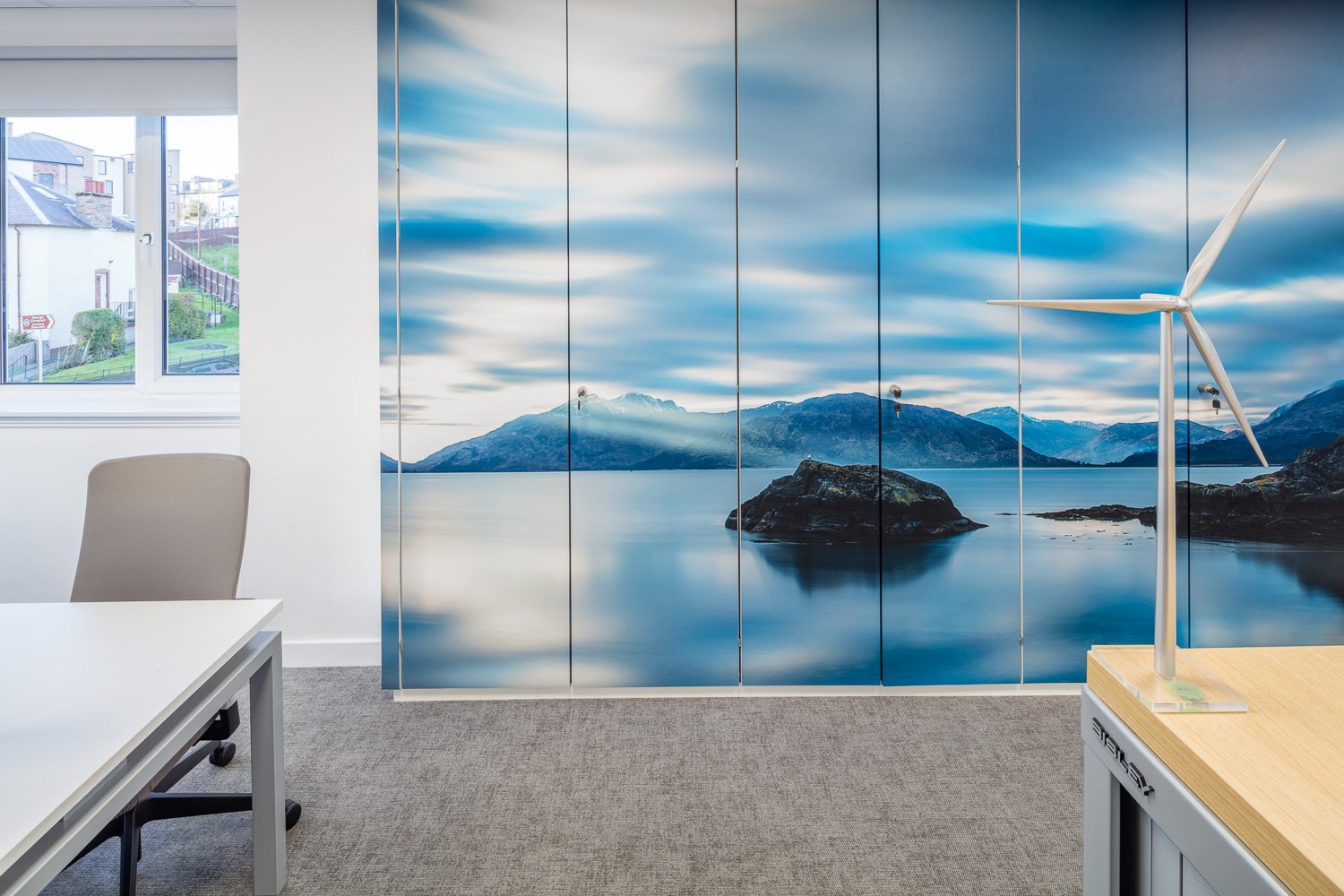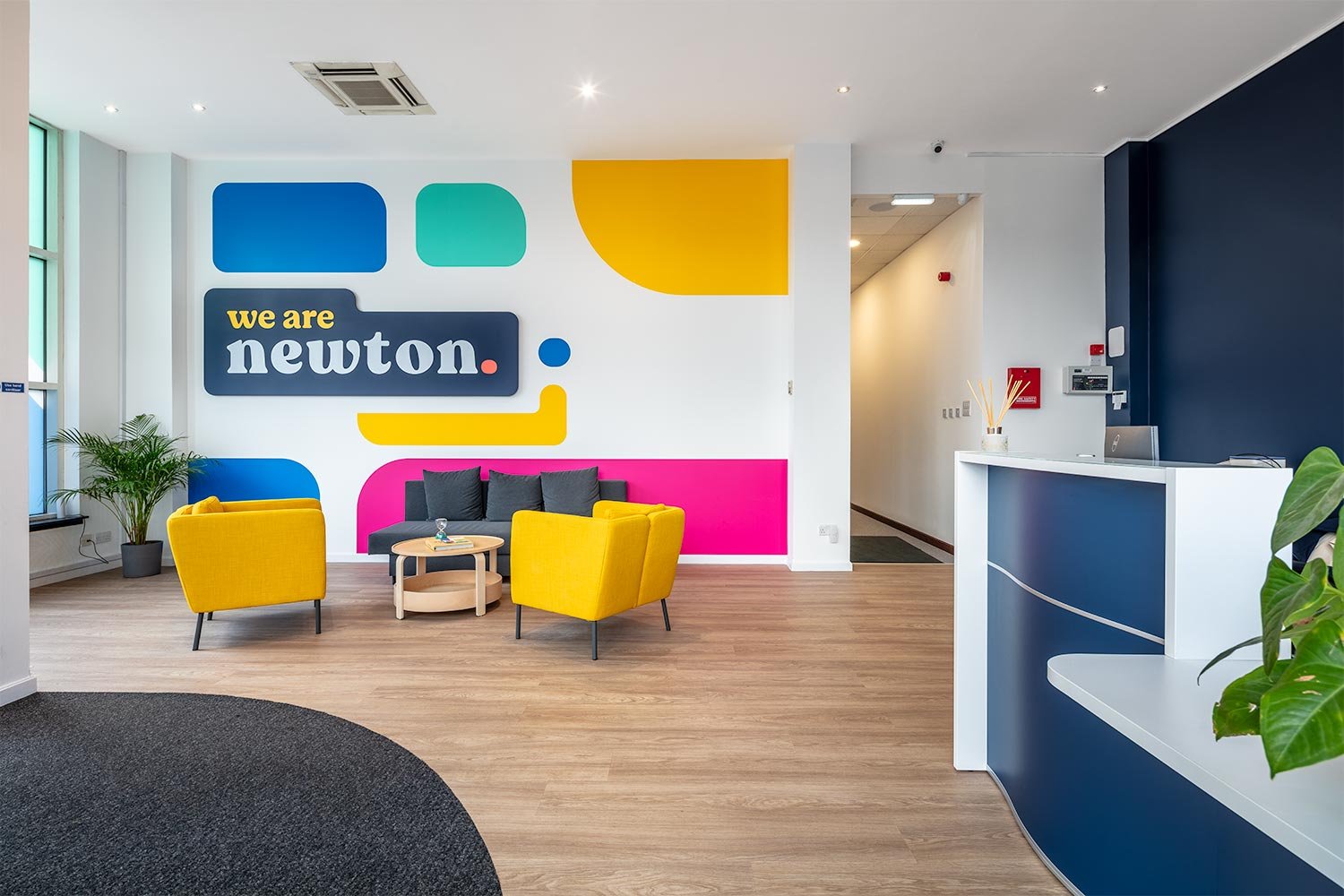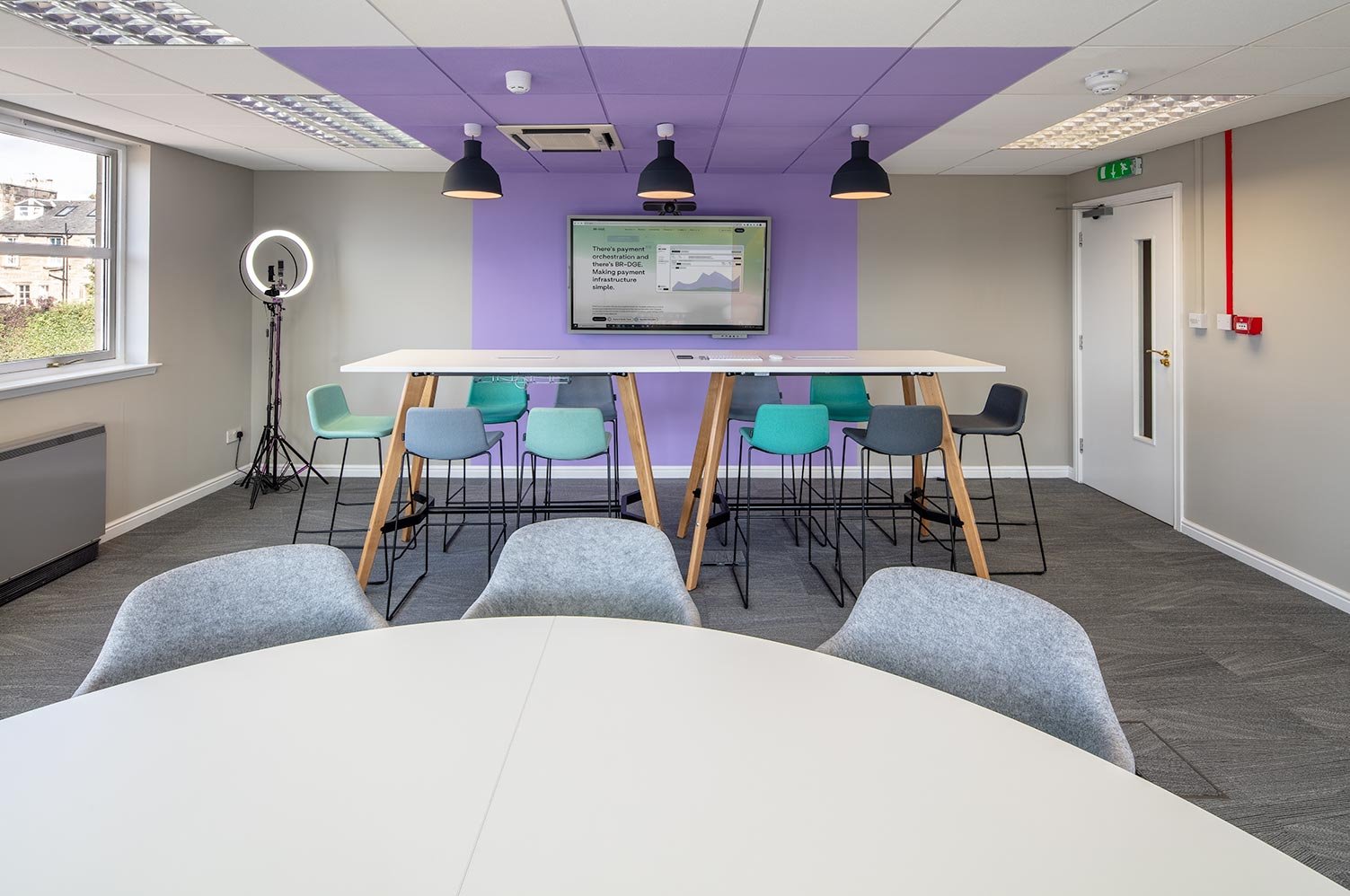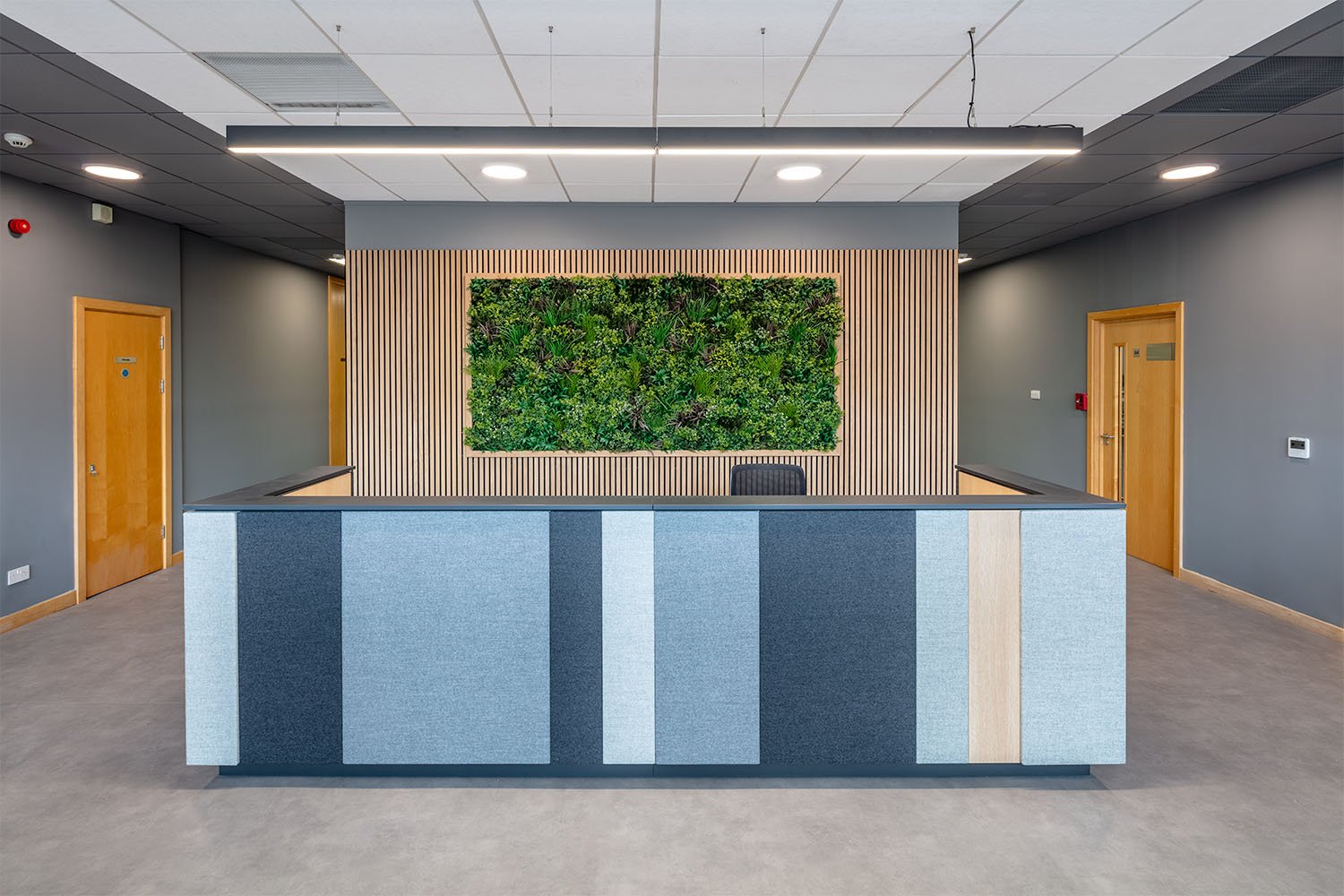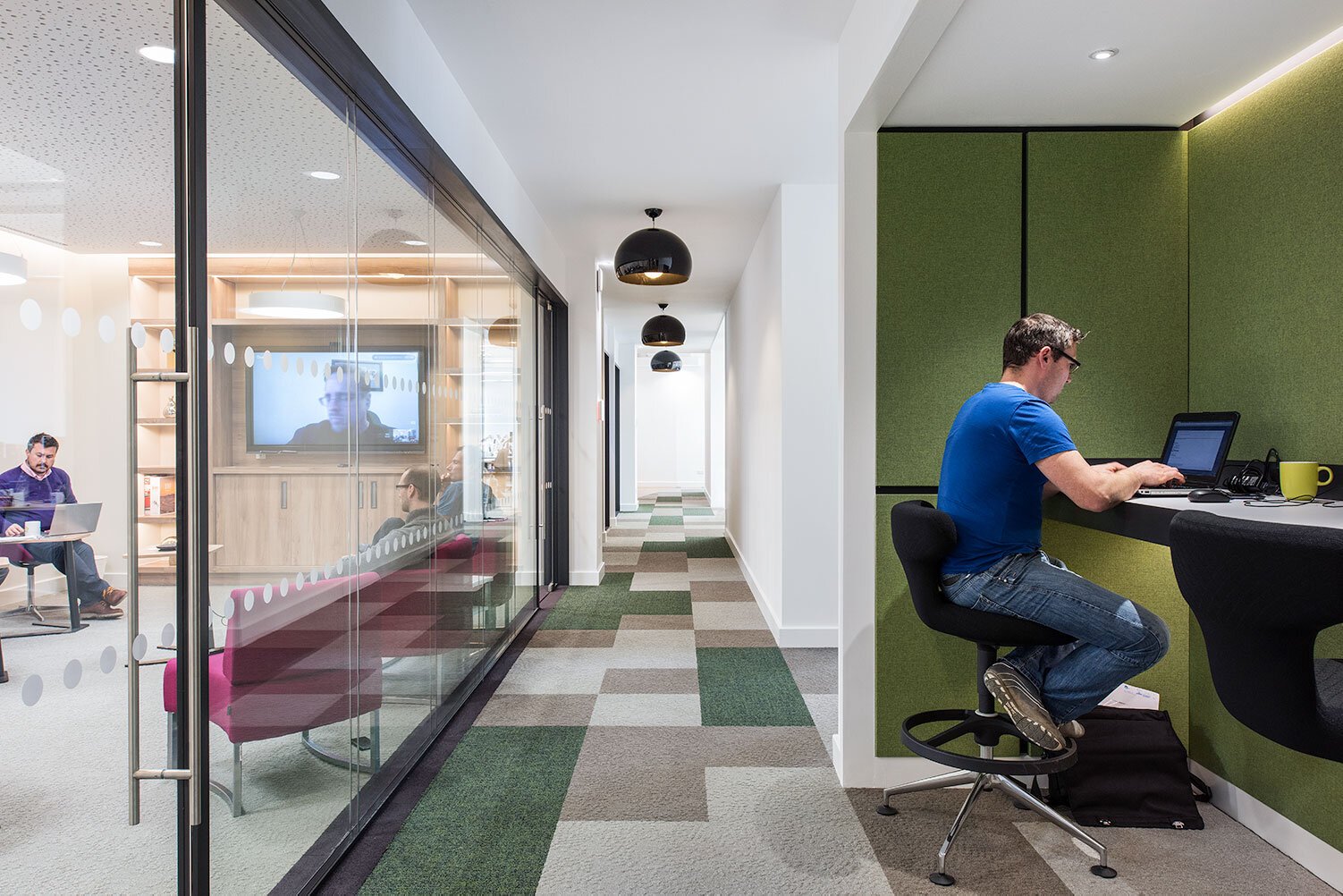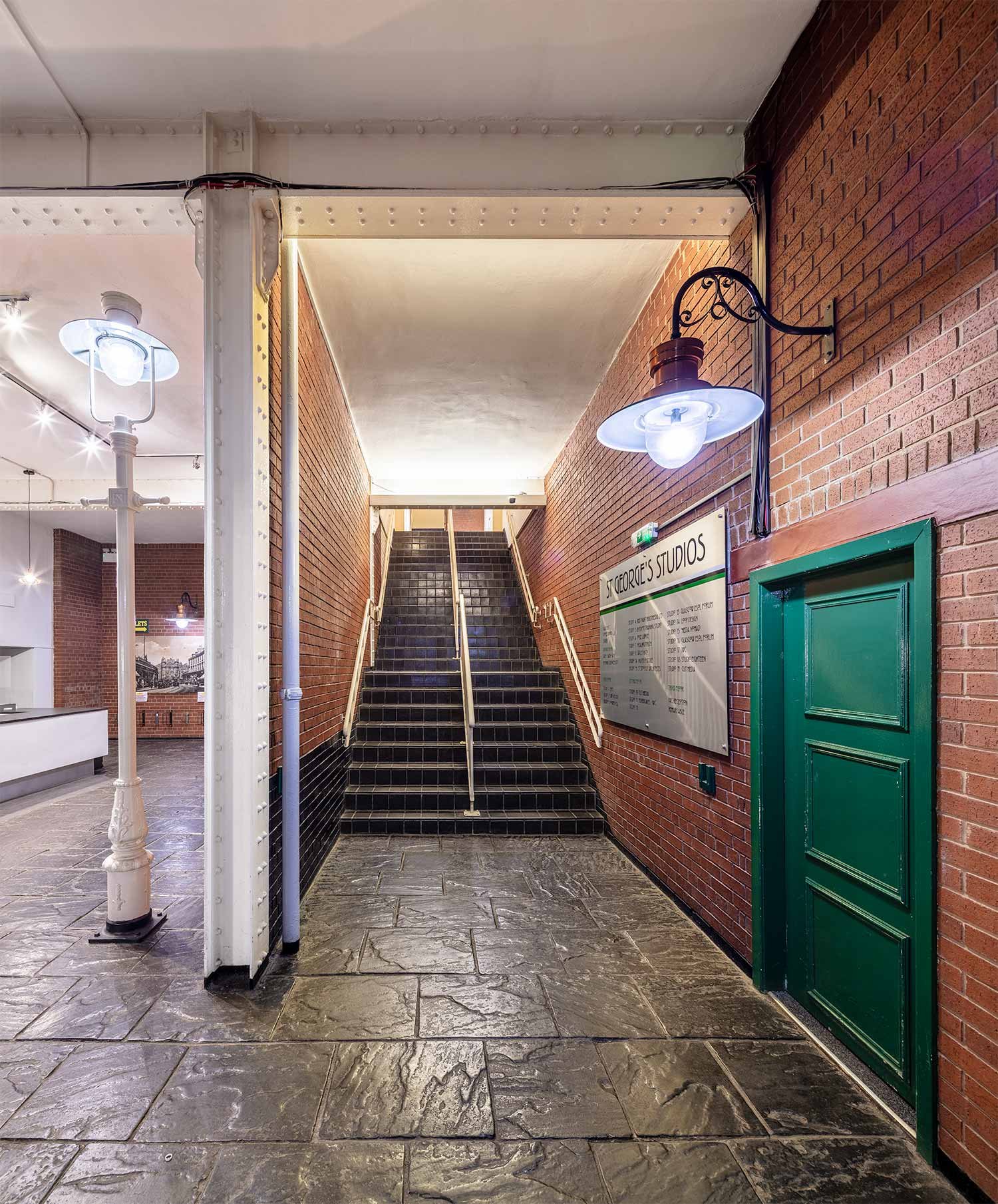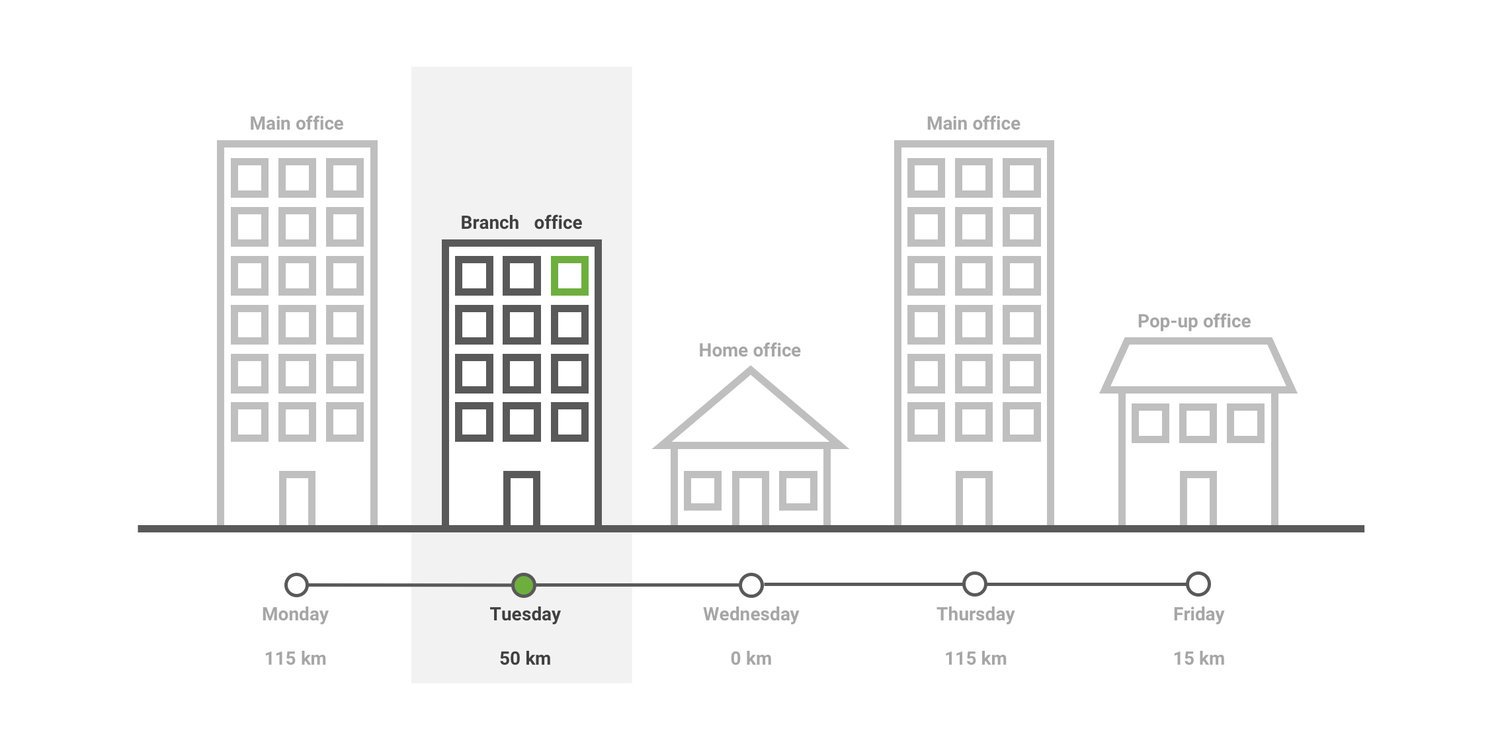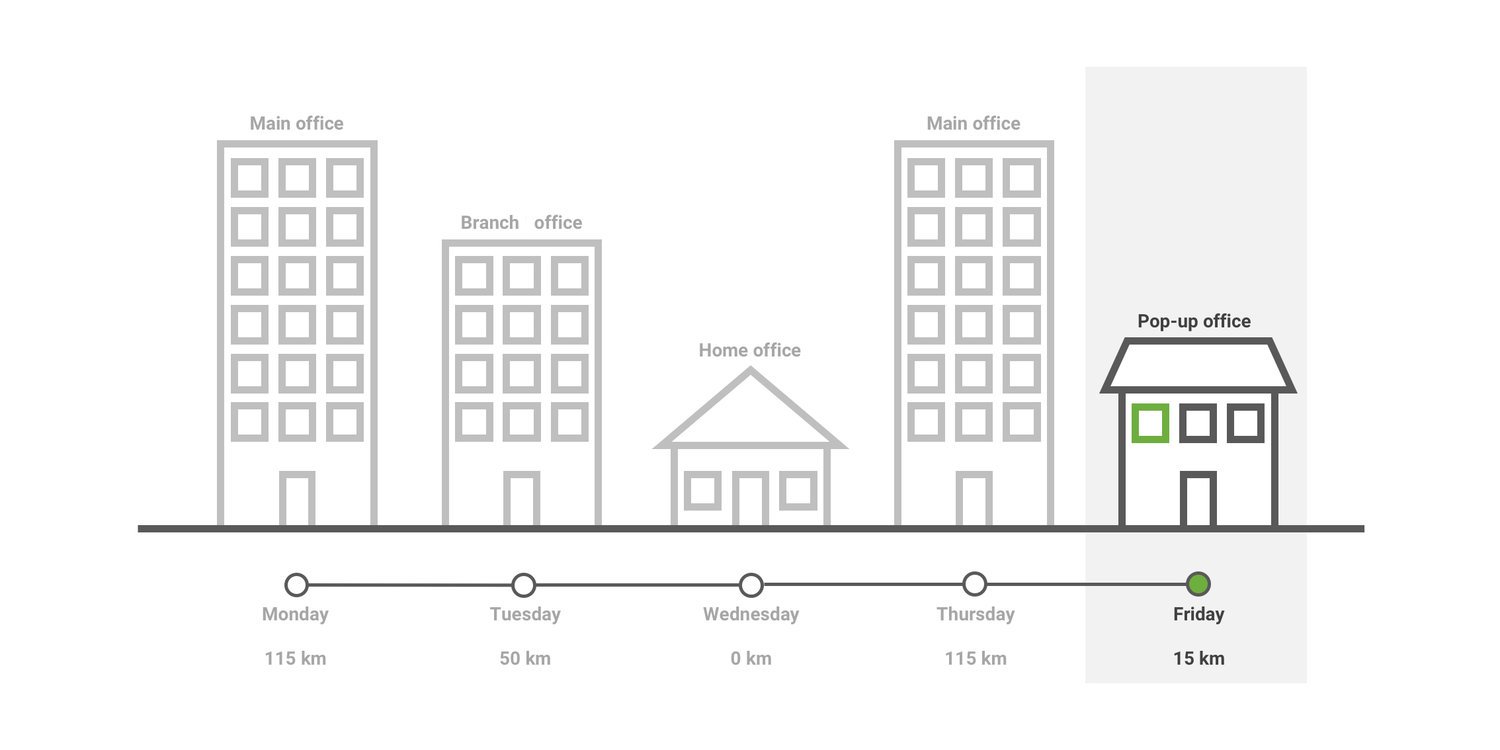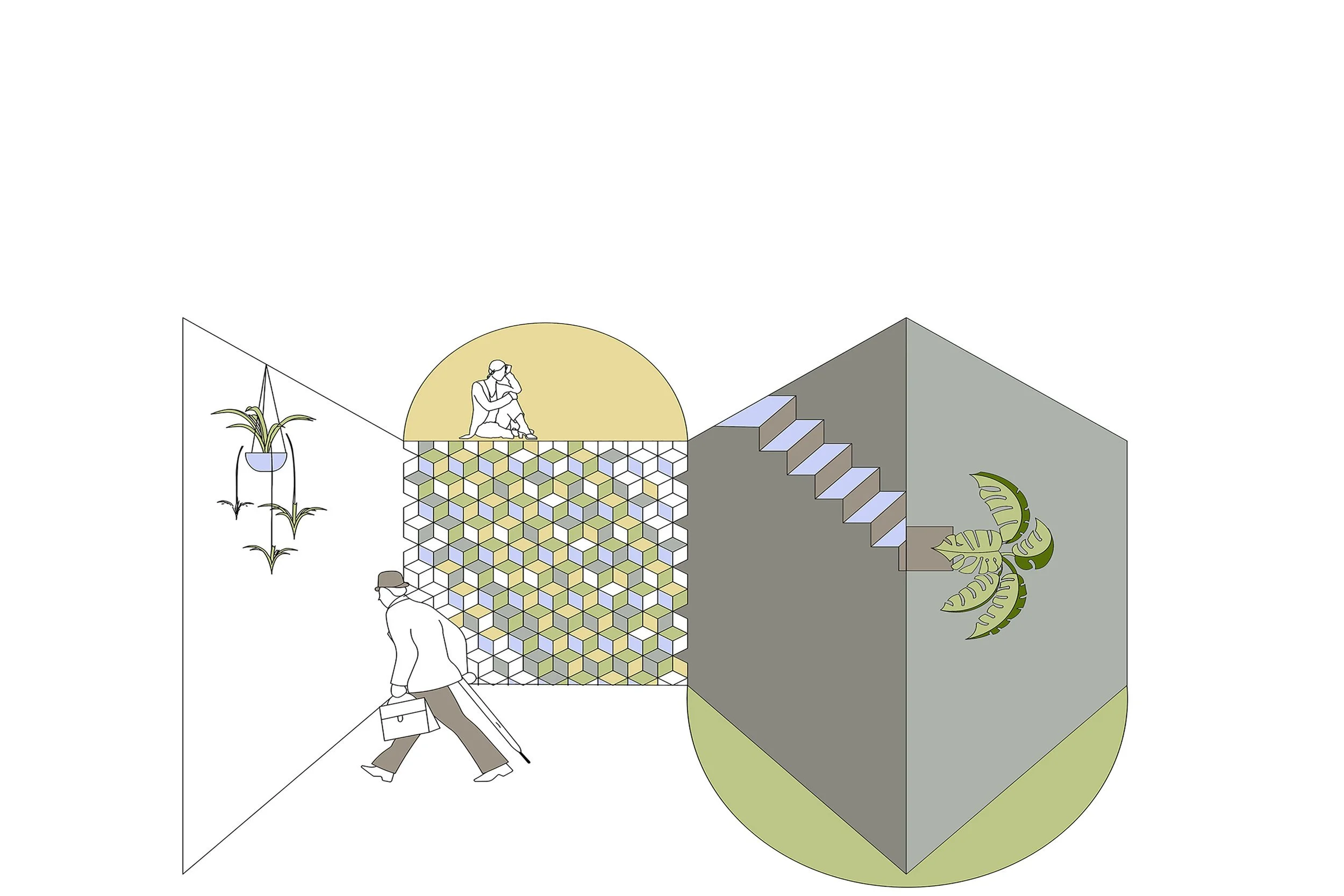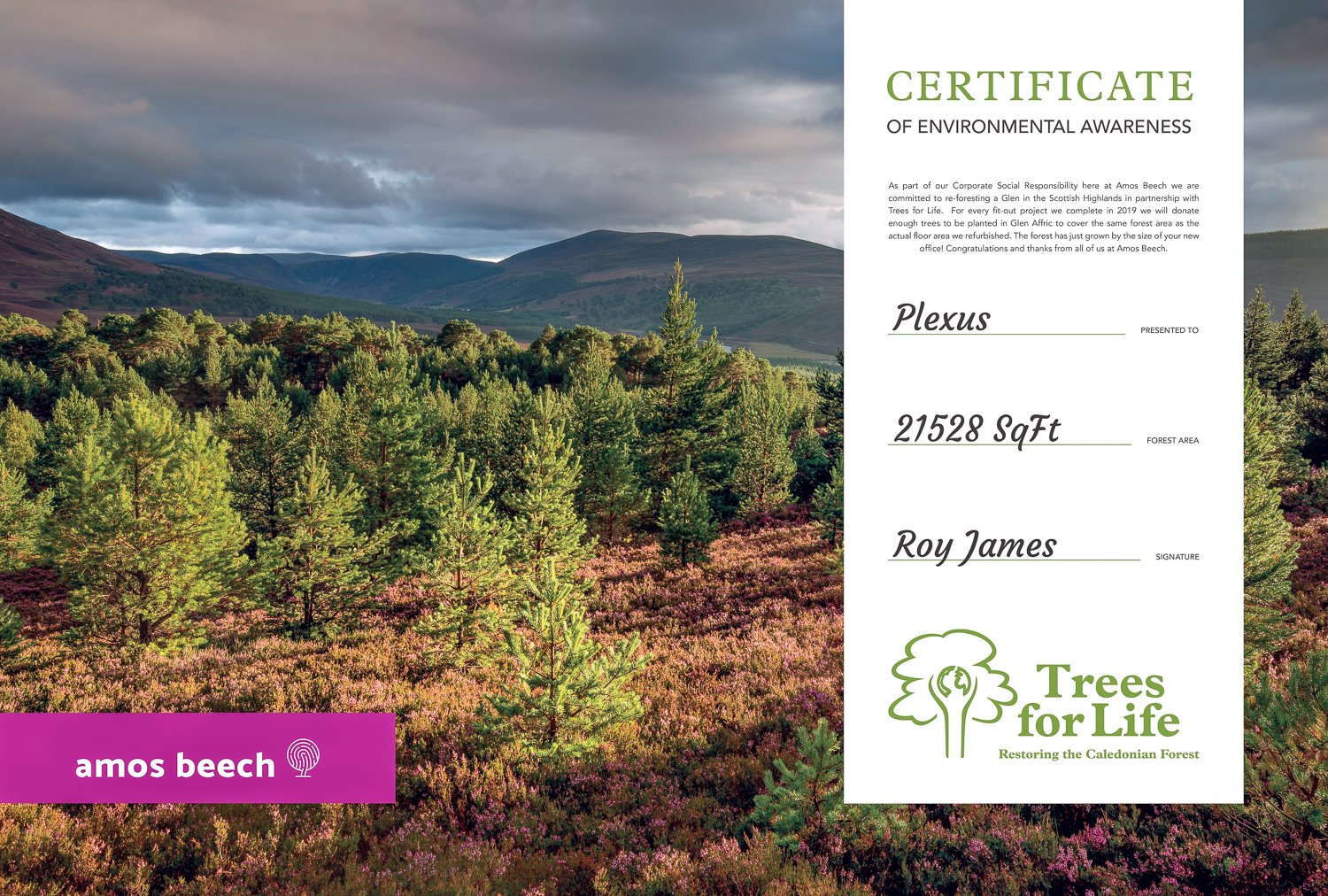Key Tips to Arrange and Organise Your Office to Enhance Comfort and Productivity
Message from the webmaster: This blog was written pre-COVID19. If you’re looking for advice in relation to the return to the office after the lockdown check the folowing links:
The original blog continues below:
Is your team firing on all cylinders? If your answer to this question is “no” or “maybe”, then it’s definitely time to organise your office.
There was a time, not so long ago, when hardly any company paid attention or even put in any extra effort in their office design. All they did, and what some still do, was “strategically” arrange desks and chairs, add a computer and a telephone on every desk and expect employees to be productive just because they had decent working conditions.
Luckily, we now know better.
We know there is more to employee productivity than job security and a good wage. We know that our surroundings affect the way we work. So, as company owners or administrators, we strive to create a pleasant working environment that motivates employees and keeps them happy instead of pressuring them to deliver. Most companies are now looking for cost-effective ways to motivate and inspire their staff to become more productive in the workplace.
Companies have realised that it takes more than a pay rise or an employee of the month portrait on the company “wall of fame”, to get teams all fired up. Benefits and bonuses are also not giving the desired ‘return on investment”.
Don’t get me wrong. These are good motivators. They really are. But let’s be honest. These are nothing but quick fixes. In the long run, employee turnover depends on many factors, some of which are quite hard to quantify.
While it is a fact that human beings react exceptionally well and even get motivated when there’s some sort of monetary reward, there are other salient factors that can have a similar effect at a one-off cost.
What are these salient factors that can keep your employees inspired and get them motivated enough to enhance their productivity? Well, the answer has everything to do with how you organise your office. How your office is designed and organised can ultimately affect your employees’ productivity.
To help you keep your employees motivated and inspired at work, we have put together some ideas to help you get started.
9 Tips on How to Organise Your Office to Enhance Comfort and Productivity
1. Provide the Best Work Environment
This one goes without saying. It’s every employee’s right to be provided with a suitable working environment. But in terms of productivity, this goes beyond providing a space, a desk, a chair, and maybe a computer.
The right office furniture plays a huge role in enhancing productivity. Did you know that providing your employees with the right chair can increase productivity by up to 17.5 percent?
Your employees, especially those who spend most of their time seated, need to be comfortable at their workstations in order to perform as expected.
Following the classically stylish ON® office chair and athletic and dynamic IN, Wilkhahn is now adding another chair in the shape of AT, now the third in the range of its office chairs with free-to-move capability.
A healthy employee is a motivated and inspired employee. Provide them with the right type of chairs (ergonomically designed) to avoid unnecessary injuries and to let them stay focused on important tasks.
Think about it this way: how well would you perform if you had to endure a throbbing back pain?
You should also ensure that your employees are adequately equipped with all the necessary office accessories as you organise your office. Don’t have them waste precious time looking for a paperclip or the office printer. Help your team help you!
The best way to get started is to enlist the help of a design team that also provides workplace consultancy. Such a team takes time to understand what you need and comes up with tailor-made solutions. No two companies are alike.
This is why you should steer clear of pre-packaged office design and furbishing services. Instead, opt for something that helps YOU and YOUR employees stay happy and productive at the office.
2. Get Creative with Colour
It’s a well-known fact that the colours around us influence our mood and our reactions.
Workplace productivity doesn’t just happen. It needs to be triggered -- and colour is one of the most effective ways of giving it a nudge. Certain colours have also been known to significantly boost productivity. If you are not sure about what colour to use in your new offices and still want to make your employees happier and effective, go for green and blue.
If you want to go for optimism, energy, and innovation then mellow-yellow is your colour.
Again, this is pure theory. Be sure to consult with a specialist before making the final decision on the colours in your office.
3. Bring Nature Inside
A bit of nature in the workplace can work wonders especially for those who are starting to be fed up by the concrete jungle. As we all know, the number of people who crave being closer to nature is constantly increasing.
Biophilic design, in the workplace
Plants, apart from being great office decorations, can also motivate your employees. Researchers have found that incorporating plants as part of your office decor can boost productivity by 15 percent.
More importantly, they are the best source for fresh air. You don’t want your employees’ brains to be deprived of oxygen, do you?
4. Let there Be Light
When you set out to organise your office, keep in mind that light is the one thing that can affect productivity in the long run. Thus, ensuring that your office has adequate light is crucial.
While artificial lighting is the most commonly used source of light, too bright or too dim light bulbs can put a strain on your employees’ eyesight.
Negative effects such as headaches and drowsiness can drastically reduce productivity.
Natural light, on the other hand, has numerous benefits one of them being increased productivity. Natural light not only helps us stay healthy; it also affects our ability to work.
When workers are not visually stimulated, it affects their ability to remain alert and focused. Plus, the type of light used has a great impact on creativity in the office.
A nice blend of artificial light and natural light in the offices of ST Microelectronics in Edinburgh
So as you embark on redesigning your office, ensure that you use of natural light as much as possible. Always use glass partitions in rooms that don’t require visual privacy. If the space allows, you can also create an outdoor area for employees to use during their breaks. Bonus: this will also help cut down on your energy bills and make your company more eco-friendly.
5. Arm Employees with the Right technology
Organising your office is not only about rearranging office furniture or even replacing the old desks and chairs with new ones. It also means equipping your employees with the right tools and the right technology to enable them perform their duties efficiently.
One huge mistake many employers make, especially when redesigning their offices, is to assume that their employees are happy with their tools or that they couldn’t care less about them.
As you organise your office, it is advisable to find out which of your team’s tools needs to be fixed or replaced.
Employees can very easily lose motivation if they have to use faulty or outdated office tools and technology. Yes, even if everything else in the office is brand new. After all, everyone wants to keep up with the latest technology. This is beneficial for both your employees’ careers and for the productivity level in your company.
Double monitor arms mounted on-sit stand desks at the new offices of CitNOW in Stirling
Using two computer screens, for instance, can boost productivity by up to 50 percent. By creating a wide-screen effect, your employees can perform specific tasks much faster and be more satisfied at work. Talk about shooting two birds with one stone, right?
6. Encourage Work Station Personalisation
A brand-new office design is a great way to boost morale. Your employees will love moving into their new offices and will enjoy the change in colours and furniture. But the process of organising your office doesn’t stop with moving and settling in.
Just like moving into a new neighbourhood, your employees are bound to feel “lonely” at the new workstations. Almost everything looks foreign and unfamiliar.
In order to counter this, you should allow your employees to add that personal touch to their new space.
Interior design, office fit out and furniture for Lomond Plant in Falkirk
Encourage them to throw in a few of their favourite personal items such as small teddy bears, family photos, cards with motivational quotes and so on.
Such familiar items will keep them highly motivated and inspired. Plus, it will make work feel more comfortable and more like home.
7. Keep the Air Flowing
Imagine if you could work here! Believe it or not, but some of us did: A trip to Actiu !
Organise your office so there’s a constant supply of fresh air throughout it.
A well-ventilated office provides the perfect atmosphere to work and it also improves employees’ overall performance.
Research shows that when you improve the air quality at work, you improve productivity.
Another study from the Technical University of Denmark revealed that indoor environment can influence work productivity by up to 10 percent.
A good indoor environment prevents health issues. It also makes the workspace comfortable to work in and, in turn, this help your employees focused and able to concentrate.
You should also ensure that your ventilation, heating, and air conditioning systems are checked and serviced on a regular basis.
8. Eliminate Clutter
A clean and organised office can help your employees get more done. Decluttering creates an optimal workspace, reduces any chance of getting distracted, and contributes to enhanced productivity.
Of course you wouldn't expect anything else but a clean and organised office at Morisons Solicitors in Glasgow !
Some people believe that a messy workspace reflects well on an employee – it shows how busy they. While this might be the case for some, the people around the messy workspace can be negatively affected by the mess.
One clever way of making decluttering a habit in your office is to simply turn it into a fun weekly or monthly activity. Make this a routine and encourage your team to discard unnecessary stuff and only keep stuff they use on a daily basis on their desk.
Another important thing is to make sure you have provided adequate storage space as you organise your office. After all, you can’t expect your team to keep clean and de-cluttered desks if you don’t provide them with the space they need to keep their stuff in.
9. Choose the Right Design and Layout
Where we work affects what we do. Your overall office layout and design plays a major part in the way your employees perform – you already know that. Now let’s see what you can do about it.
Maxim Office Space Glasgow
When you decide to relocate your office or redesign your current one, it is very important to factor in how the design will complement your employees’ performance and productivity.
Irrespective of the number of employees you have, a poorly designed office space will negatively affect your employees’ ability to deliver.
As you organise your office, your primary goal should be to enhance your team’s performance. Keeping up with the latest trends in office design should come in second.
Though it can sometimes be challenging to strike a balance between what the management wants, how much it will cost, and how it will affect the employees, it is always advisable to seek input of your staff.
Try to involve your employees in identifying suitable designs for their workspace as much as possible. This consultative approach and the idea of working in a space that they helped create is also a great motivator and productivity booster.
Conclusion
These are just some of the key areas that you should consider when in the process of moving offices, doing an office fit out, or a refurbishing an old office space.
On a tight budget? You still shouldn’t sacrifice comfort and choose the cheapest options irrespective of how they impact your employees. The better solution is to make the changes you need in phases.
Employee productivity is key to the success of your company and to achieve this, you need to organise your office so that it promotes agile working, enhances performance, boosts creativity, and fires up their motivation. Remember, getting the right interior design team involved from the very beginning will help you create the ideal work environment for you and your team.
Plus, a skilled team of interior designers can actually save you money. For instance, they can get you better deals on office furniture due to their long-standing relationship with suppliers. At Amos Beech, our goal is to help our clients get the best results with a minimal investment.
Get in touch with our specialists to find out how we can help you organise your office and boost employee productivity.
Going Agile?
Agile working is probably the most widely discussed ‘new’ method of working.
But what does it really mean?
In a nutshell, going agile is when a company becomes flexible in their approach to work. It’s when they choose to trust their employees instead of keeping them on a strict schedule.
It explores the idea that nobody should spend their whole day at a desk. Thus, you will never find the whole workforce of a company in the office at the same time. Five years ago, it was the work style that revolutionary companies were adopting and that the others would stand and watch in awe.
Agile Working
Agile working has been defined as a tool organisations use to help employees work efficiently and improve productivity. By going agile, employees enjoy the flexibility to work when, how, and where they choose to.
But even with the rising adoption, many still approach agile working with caution. This new trend still continues to raise eyebrows with the conservatives adopting a wait-and-see attitude.
Flexible working is the most controversial form of change. Before you decide on adopting agile working, you should ask yourself some questions:
Would you as an employer allow some of your workforce to work from home or in co-working areas?
How keen are you on micromanagement and what is your work culture?
What are your employees’ preferences?
How do you collect office occupancy data?
Do you want real-time and historic insight?
Don’t worry. We’ll help you answer all of these.
Well start by telling you that through information technology and communication, employees work with fewer constraints and maximum flexibility. This optimises their performance since they work in ways that suit them.
Work, in agile models, is an activity rather than a place. It’s aimed at making organisations efficient, effective, and more responsive. People do not need to be at the same desk all day since they can work where and when they choose. Some tasks don’t even require desks.
Agile working is, however, not a one size fits all concept. Before its implementation, one needs to convince all stakeholders of its benefits. These benefits differ from organisation to organisation, of course. But some of these benefits can be found in almost all agile companies, irrespective of their size and the industry they are in.
Top Benefits of Agile Working
Increased efficiency and productivity
Reduced property costs
Smart workspace utilisation
Reduction of carbon footprint
Reduced fuel and parking cost
Extended business hours without additional costs
You can meet all your customers’ expectations.
You can hire the best talent in the industry
Optimum use of employee skills
Motivates employees who, in turn, are better equipped to innovate
Business continuity is improved since disruptions due to travel problems, bad weather and security are reduced.
Boosts employee performance
Technology advancements have also made it possible and easy for organisations and agile workers to quickly adopt this concept. Applications such as iotspot make it possible to maintain these agile workspaces remotely.
iotspot ensures that your office space is based on actual usage. It ensures that you get smart workplaces that attract the right employees, reduce waste, and significantly bring down costs.
The app benefits both the organisation and its employees by helping them:
1. Find and Book a Workspace
The app allows users to find and book a space that will suit their needs. Whether they want to work at a private booth, have a conference meeting with 5 of their colleagues, or get an unoccupied desk at a place of their choosing, the app makes it possible.
With it, you can occupy a workspace immediately or book in advance. It makes things easier by avoiding overbooking and making sure one finds a free desk even in a busy room. The app uses color to show if space is available (green), reserved or partly available (blue) or occupied (red).
2. Search for Colleagues
The app helps you know where colleagues are. The activity-based working environment that the app provides allows you to make your bookings to suit your needs.
Colleagues are made visible and this makes co-working possible. You can search for free desks together to help you set up a workgroup, share your location with colleagues. If you want a shake-up on a Friday, let the app choose a random desk for you to allow you to network with colleagues you don’t yet know.
3. Real-Time Booking
You do not need to call the reception to make a booking.
No! You can do it on the go. The app goes further and helps you navigate to your booked desk especially if you don’t know the layout of the workspace.
4. Share Workspaces and Charge for Office Usage
Agile working means that people can work from wherever suits them. The app makes this flexibility a reality by offering office sharing and charge per usage options.
It helps show and authorise availability of office locations across, between or within an organisation. This helps reduce commute, usage of facilities and office materials.
5. A Smart Work Environment
iotspot is independent from the IT structure. Your only requirements will be a USB port that makes the workspace available in the app. With this, you get a smart building and can now invite users to get started.
Integrating Agile Working with iotspot
The app can help organisations get insights into how their workspaces are being used. One can tell what desks are popular, which ones are not, and which environment people like to hang out in. From these insights, you can tell whether the agile working model is working for your organisation and whether employees fully understand the concept and benefit from it.
Data collection is done via different methods including movement sensors. These are placed under desks and meeting tables to collect actual usage data.
iotspot can also be used in conjunction with counter sensors and CO2 in meeting rooms to determine what size of a meeting room an organisation needs.
This data is collected anonymously and can be used to drive future workspace decisions and improve workplace environments. This then leads to a happy and productive workforce and savings on corporate and real estate.
This is achieved by allowing employees to choose where they want to work from and at what time through the app. Booking in advance allows for the desks and rooms to be held for workers and if they fail to show up, they become available for someone else. Meeting bookings can also be done in advance using the app calendar, Google calendar or MS Outlook.
Users who are not willing to pre-book can walk in and have the app guide them to an empty space using the Google Maps in the app. The status of the desk then changes from red to green after you check in.
The on-desk device helps to give the desk status by showing whether it’s occupied or not. If you leave the desk, your app sends a message after a stipulated amount of time to confirm if you still need the desk. If you fail to confirm, the desk reverts to free automatically.
The app, with all these amazing functions, helps your organisation implement agile working effortlessly. Desks become free for other people to use and office space is reduced.
Integrating with this agile working app could mean a change in how organisations run their businesses. There are many ideas on how it can be used to revolutionise working spaces in the future. For example, through iotspot, you can automatically free up parking spaces typically reserved spaces for people who are not in the office.
Another development is the introduction of a payment function to those running co-working spaces. With this, they can charge users per usage instead of monthly.
We also see a future where as each iotspot is placed on a workstation, an FM messaging option can be developed to inform the team of any challenges at the workspace. These could include faulty lights and problems with power and screens. This would make solving issues easier since all the information about the specific defect and where it happened would be on the app.
Implementing Agile Working
Agile working implementation should be business-led. It should address both employee and business needs.
To start, find out and understand what your business and employees need. Work with your employees and learn what their ideal work environment is. If you involve them and implement agile practices that add value to them and to your business, you get a productive and loyal workforce.
It’s imperative to also educate the organisation’s leadership on why you need the change and how to implement it. Having them on your side will eliminate any barriers towards the change. Your agile organisation will work better, have an engaged workforce and you will get extra value for your investment.
Conclusion
Research shows that, on average, desk occupancy in most offices is 45-50 percent. This means that, on most days, desks are empty either due to sick leave, holidays, or leaving the office.
Part-time employees, employees who often travel to meetings and conferences and those who work from home also get full-time desks that on most days remain empty. If you do a survey of your office space, you will find that there is no time it’s 100 percent occupied. Space sharing is, therefore, a good thing to consider.
With agile working, you bring people, processes, space, and technology together to offer an appropriate and effective way of completing tasks. People can work without boundaries from anywhere, anytime and this improves productivity. The time to start collaborating and changing the future is now!
The forest has just grown by the size of CitNOW's office!
As part of our Corporate Social Responsibility here at Amos Beech we are committed to re-foresting a Glen in the Scottish Highlands in partnership with Trees for Life. For every fit-out project we complete in 2018 we will plant enough trees to match the actual floor area we have refurbished.
Re-foresting the Scottish Highlands
The forest has just grown by the size of CitNOW's office. 3500 SqFt of trees will be carefully planted in protected sites in the Scottish Highlands where they will create homes for wildlife and forests for the future. The Caledonian Forest is one of our most important forest ecosystems, providing a home for spectacular wildlife, it is severely fragmented, and in many places consists entirely of old trees. Trees for Life is working to expand and link these ancient pinewoods.
Images by Trees for Life, Graphic Design by Sinds77
We take our responsibility seriously, not just in relation to our customer performance but also in relation to the environment. For this reason we have started our own grove in 2017.
CitNOW office launch party
The team here @amosbeech were lucky enough to be invited to the office launch party at the 'Codebase Penthouse' in Stirling on Tuesday evening, an excellent opportunity to present the certificate:
Image by Robert Fyfe CitNOW
We thank CitNoW for the great evening and exotic beers, some of which were brewed in Alva near Stirling, alongside some 'Triples' from Belgium:) Not to forget the great Pizzas from award winning Napizza in Stirling.
You can plant a tree yourself!
We encourage you to plant a tree yourself, please visit our grove by clicking on the image below and follow the instructions. It is easy enough and it's only a fiver! (update 14-06-2018: a sixer now..:)
For more information about our tree planting scheme, click on the button below:
Amos Beech – improving every environment we touch


